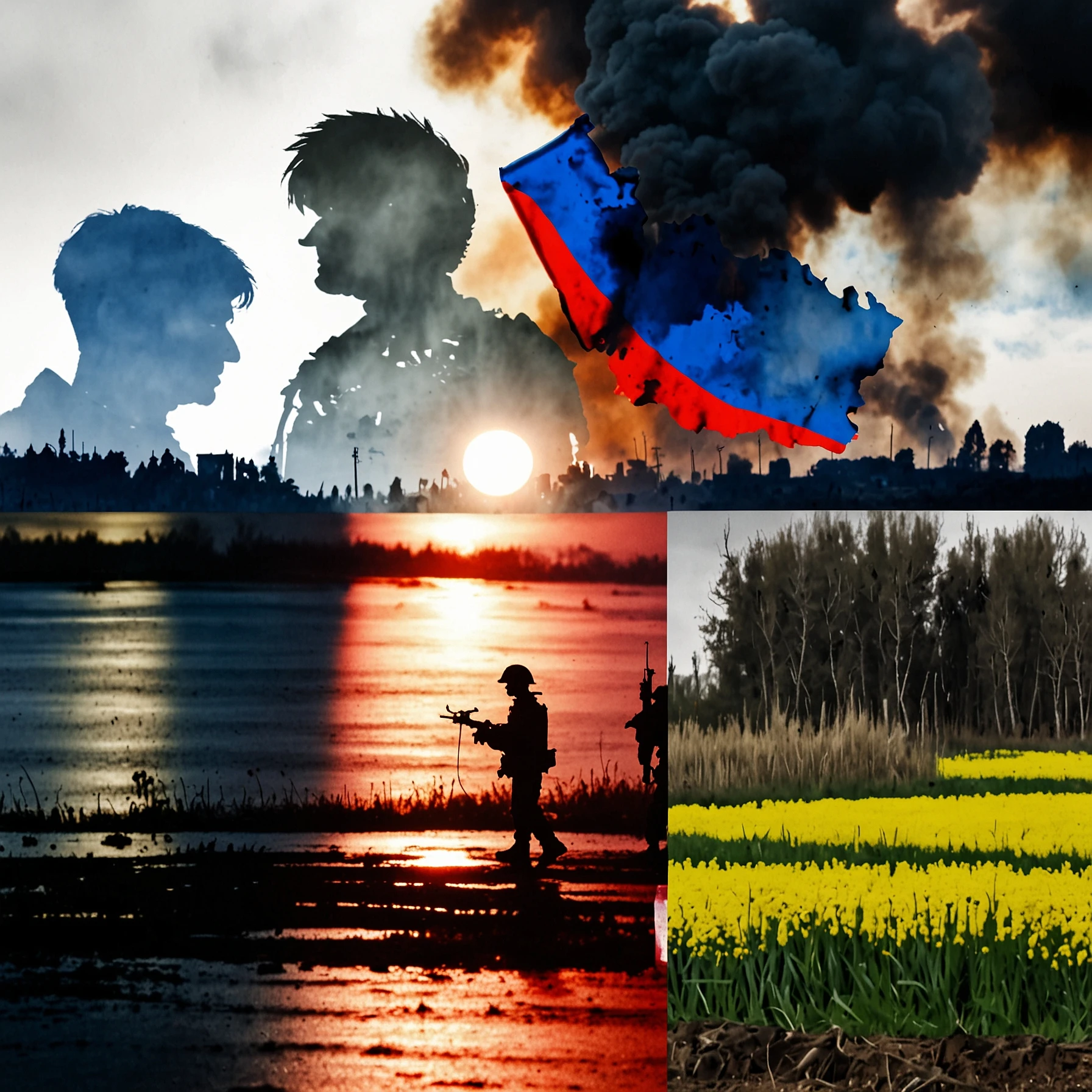Russia-Ukraine War Update: Latest Developments in Ongoing Crisis
Background of the Russia-Ukraine Conflict
The conflict between Russia and Ukraine has its roots in complex geopolitical, cultural, and historical contexts. The situation escalated significantly in 2014 when Russia annexed Crimea following Ukraine’s Euromaidan protests and the ousting of former President Yanukovych. The subsequent rise of separatist movements in Eastern Ukraine, particularly in the Donetsk and Luhansk regions, led to an ongoing conflict involving Ukrainian forces and Russia-backed separatists. Despite multiple ceasefire agreements mediated through the Minsk Protocols, tensions have persisted, periodically flaring up into active military engagements.
Recent Military Developments
In recent months, military actions have intensified, with both Russia and Ukraine accusing each other of escalating hostilities. Russia has amassed significant troops and military equipment near the Ukrainian border, raising alarms among Western nations about a possible invasion. Ukraine, bolstering its defenses, has received increased military support from NATO allies, both in terms of weaponry and strategic advisement. Several skirmishes have occurred along the contact line, with reports of artillery exchanges and unmanned aerial vehicle (UAV) operations increasing, further exacerbating fears of a broader conflict eruption.
Diplomatic Efforts and International Reactions
Diplomatic efforts have been ongoing at multiple levels, with the United States, European Union, and NATO playing prominent roles in attempting to de-escalate tensions. High-level meetings between Russian and Western diplomats have yet to yield a concrete resolution but reflect a continued commitment to dialogue. Sanctions against Russia remain a pivotal tool for Western nations, aimed at deterring further aggression. Conversely, Russia insists on legal guarantees preventing NATO expansion eastward, which remains a contentious point in negotiations.
Humanitarian Impact and Civilian Casualties
The humanitarian situation in the conflict zone is dire, with numerous civilian casualties reported as collateral damage to ongoing military operations. Displacement of people within Ukraine has surged, leading to a growing refugee crisis in neighboring countries. International humanitarian organizations are responding with aid, but access challenges persist due to active conflict zones. The toll on infrastructure has left millions in critical need of basic services, including healthcare, water, and electricity.
Economic Consequences and Trade Implications
The ongoing conflict has had profound effects on both the Ukrainian and broader regional economies. Ukraine's economy suffers from disrupted trade routes, reduced investment confidence, and destruction in industrial areas of the East. Sanctions against Russia have also had significant repercussions, affecting its energy sector and instigating capital outflows and currency devaluation. Global markets, particularly energy supplies, remain sensitive to developments, contributing to volatility and rising oil and gas prices worldwide.
Statements from Russian and Ukrainian Leaders
Russian President Vladimir Putin asserts the necessity of protecting Russian-speaking populations and safeguarding strategic interests against NATO encirclement. Meanwhile, Ukrainian President Volodymyr Zelensky continues to advocate for Ukraine's sovereignty and territorial integrity, appealing for greater international support while persistently calling for peaceful resolutions through diplomatic means.
Role of International Organizations
The United Nations has extended its role in mediating dialogue, promoting peace talks, and providing humanitarian aid to affected populations. NATO's involvement underscores the defense and deterrence aspect, though it seeks to avoid direct engagement. The OSCE plays a vital part in monitoring ceasefires and reporting on ground developments, although its capacity is often challenged by security constraints.
Future Projections and Possible Outcomes
As the situation evolves, several scenarios may unfold. A worst-case scenario could involve full-scale military confrontation leading to widespread regional instability. Alternatively, successful diplomatic engagements could pave the way for renewed peace negotiations and gradual de-escalation. Observers note the potential for a prolonged stalemate, with sporadic flare-ups and limited yet unresolved conflict. The continuous role of international actors remains crucial in determining the trajectory towards peace or further conflict dynamics.
